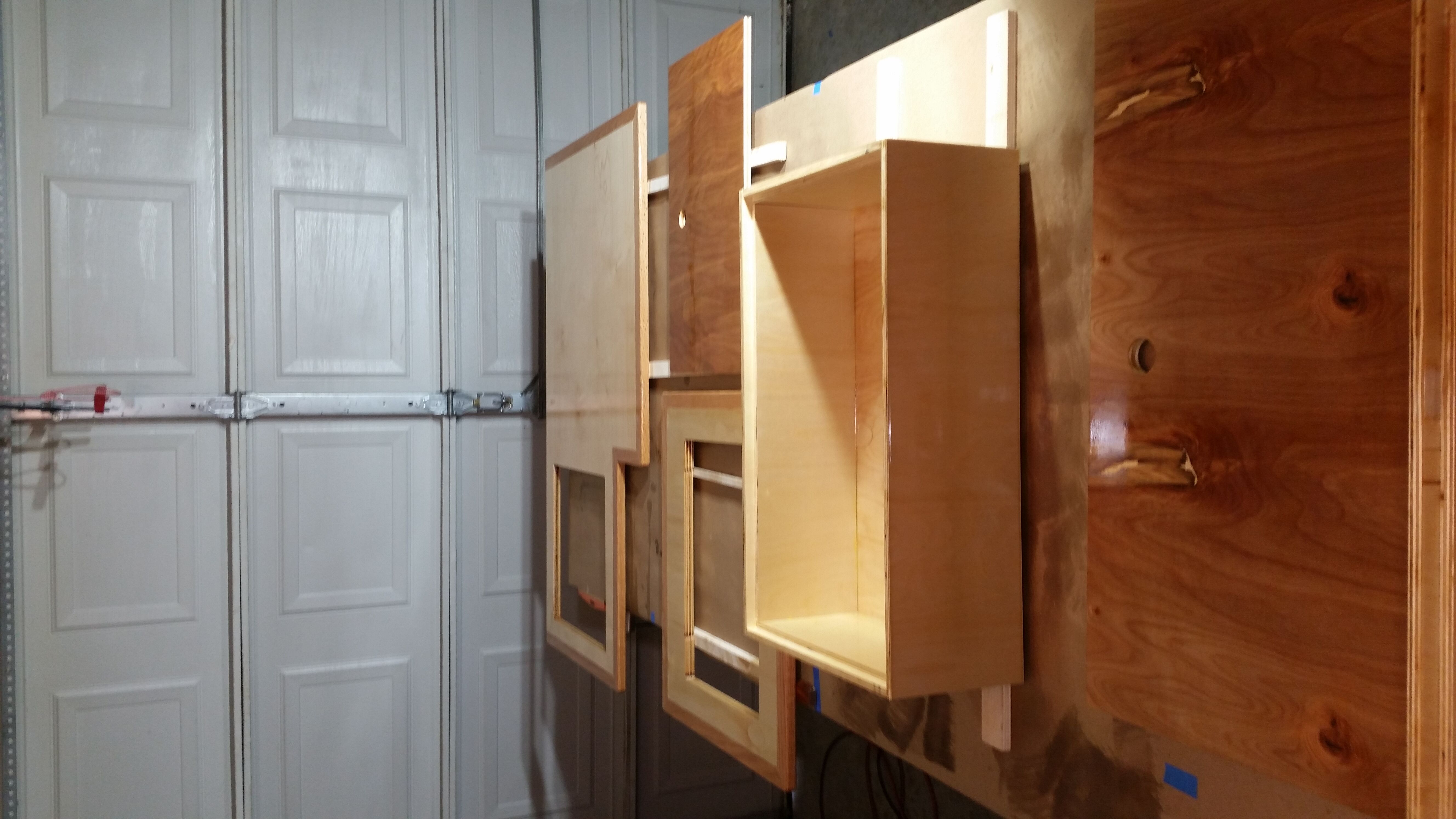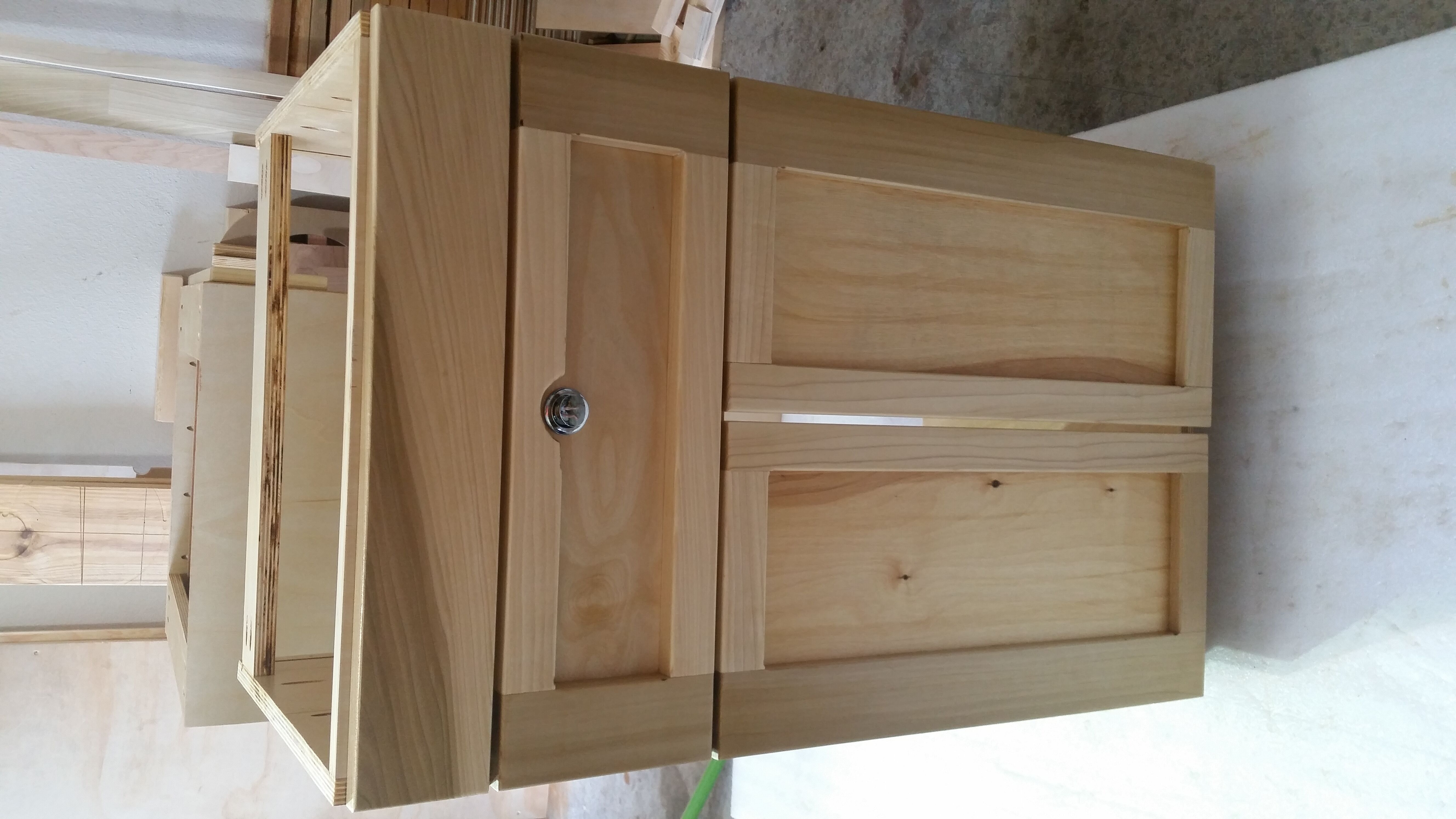About Me
In 2022, I left academia for the tech world -- I'm currently employed as a Senior Machine Learning Engineer for Progressive Leasing, a fintech company based in Utah. I work to build models and systems that help internal customers do their jobs more efficiently. Here is my industry resume.
Until recently, I was a Visiting Assistant Professor at the University of Arkansas working with the topology group, where I taught undergraduate math classes and performed research in the field of geometric group theory (see below for details). Prior to my stint at the University of Arkansas, I worked with Jing Tao as a Postdoctoral Fellow at the Fields Institute in Toronto for the Thematic Program on Teichmuller Theory and its Connections to Geometry, Topology, and Dynamics. I completed my PhD at the University of Utah under the direction of Mladen Bestvina.
Most of my research is in the field of geometric group theory, a subject that aims to understand groups using tools from geometry, topology, and dynamics. I have focused especially on free groups and their automorphisms, which can be understood as self maps of finite graphs. Please follow the links to research for more information and for a list of publications.
I am passionate about mathematics education and love tinkering with new pedagogical tools. My recent classes have utilized a "flipped classroom" model of instruction paired with mastery based grading. I'm always excited to try new things in an effort to maximize student engagement and learning. I have led one-on-one reading courses with undergraduates in Arkansas. Please follow the link to teaching for sample materials and information coming from these experiences.
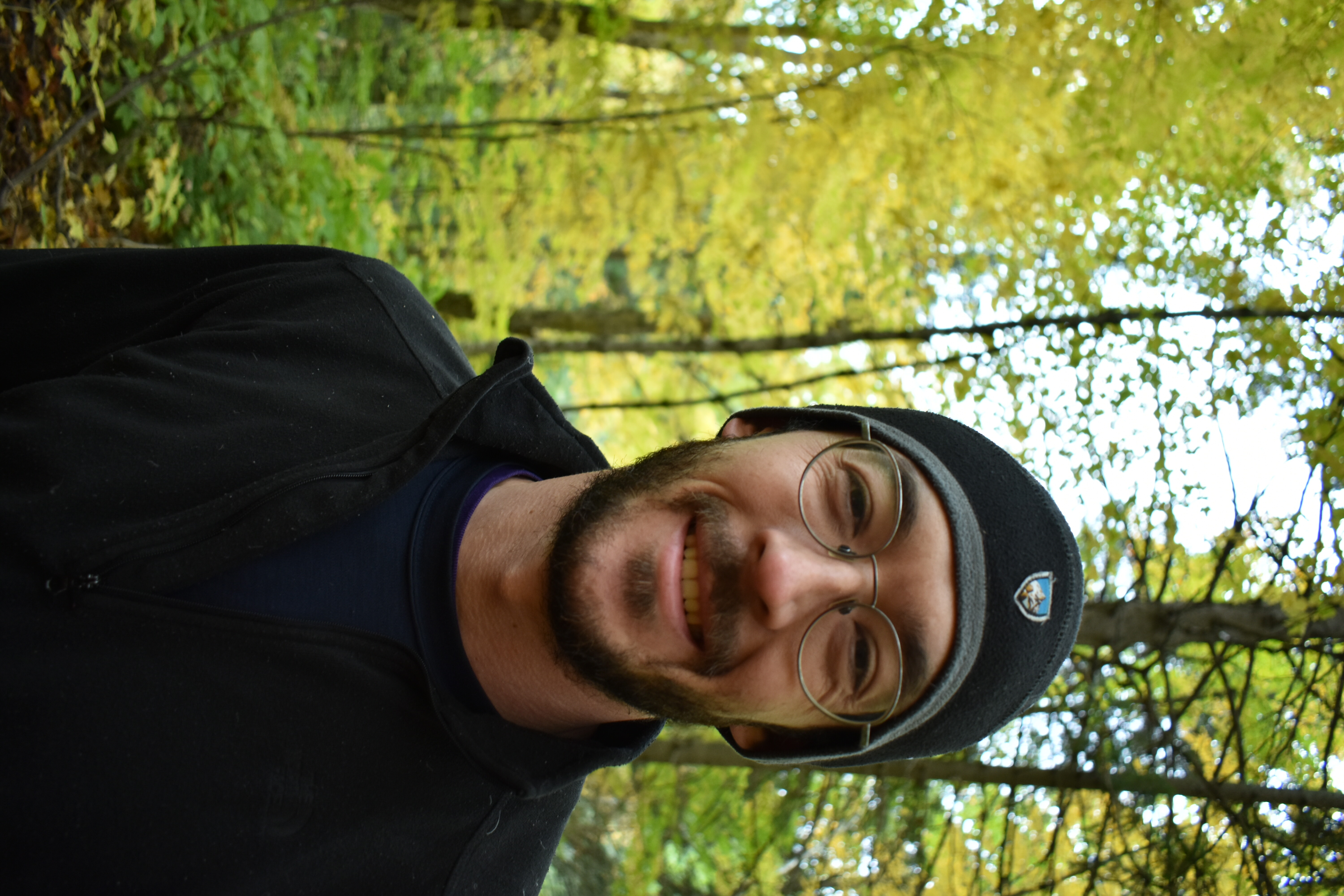
teaching
University of Arkansas
Math 2603 (Discrete Math - Fall 2020)Math 2574 (Calculus III - Spring 2020, Fall 2019)
Math 1313 (Introduction to Quantitative Reasoning - Spring 2019)
I usually base my course websites on Canvas/Blackboard, but a selection of exams, syllabi, quizzes and worksheets are available in the Course File Archive. I am happy to provide additional course content upon request.
University of Utah
Math 2270 (Introduction to Linear Algebra - Spring 2017, Fall 2015)Math 1210 (Calculus I - Summer 2016, Summer 2013)
Math 1220 (Calculus II - Summer 2014)
As a graduate student at the University of Utah, I taught a variety of courses including Calculus I, Calculus II, Quantitative Reasoning, Linear Algebra, and Trigonometry. The above is a sampling of course materials from these experiences.
Letters of Recommendation
If you'd like me to write a letter of recommendation for you please see this page.
Mastery-Based Grading
I have recently implemented "mastery-based grading" in my classes. One of the primary goals of this grading system is to produce grades that more accurately reflect a student’s learning progress and achievement. This is especially relevant in situations where students struggled early on in a semester or school year, but then put in the effort and hard work needed to meet expected standards.In my classroom, there are no points and there are no weighted percentages to calculate final grades. Grades are earned by achieving a sufficient number of Satisfactory marks on various assignments, and by engaging with the course. Almost every assessment is graded Satisfactory/Unsatisfactory (or Pass/Fail), and students have many opportunities to show proficiency on almost all of these assessments. I'm really passionate about new and innovative ways of teaching, and I have been quite pleased with my experiences with SBG. If you'd like more information on how this has been implemented in my classroom, take a look at these slides. If you have any further questions, I'm always excited to discuss pedagogy, so send me an email!
Research
Geometric Group Theory

(A picture of the outer space for $F_2$, shamelessly borrowed from Karen Vogtmann)
Research Interests
For the expert
Geometric group theory is a field which aims to study infinite, finitely generated groups as geometric objects using tools from geometry, topology, and dynamics. Much of my past and present research has focused on outer automorphisms of free groups. Specifically, the extent to which they can be understood through analogies with mapping class groups of finite type surfaces. Current, past, and future projects can be found below, on my CV, and on my research statement.
In a rather different direction, I've recently been learning some commutative algebra & algebraic geometry. In work with Adam Boocher, we used Boij-Soederberg theory to find strong lower bounds for the Betti numbers of modules over a polynomial ring that have small regularity relative to the minimal degree of a first syzygy.
Electronic copies of my papers are linked below.
Here is my academic curriculum vitae.
For the novice
My research lies at the intersection of geometry and algebra. A geometric group theorist aims to understand algebraic objects, called groups, via their interactions with geometric objects (spaces). My favorite group is called $Out(F_n)$: the outer automorphism group of the free group $F_n$. To learn about $Out(F_n)$, we need one (or many) spaces that this group interacts with. There is a close relationship between $F_n$ and graphs (see picture), which gives rise to an action of $Out(F_n)$ on the space of all such graphs...outer space. By studying/understanding outer space (not the one up in the sky) and the way that $Out(F_n)$ acts on it, we can learn about the group I like so much. Much of the current understanding of $Out(F_n)$ comes from drawing analogies with better understood groups like the mapping class group, or the modular group. There are also close ties between these groups and hyperbolic geometry.
Links to Research papers
[5]. Farrell-Jones Conjecture for
hyperbolic-by-cyclic groups (with M. Bestvina, K. Fujiwara) submitted to
International Mathematics Research Notices
[4]. Large lower bounds for the Betti numbers of
graded modules with low regularity (with A. Boocher) published in International
Journal of Algebra and Computation
[3]. Farrell-Jones Conjecture for free-by-cyclic
groups (with M. Bestvina, K. Fujiwara)
[2]. Loxodromics for the cyclic splitting complex
(with R. Gupta) published in Pacific Journal of Mathematics
[1]. Distortion for abelian subgroups of
Out(Fn) published in International Journal of Algebra & Computation
Recreation and Hobbies
Are you here looking for something about a wedding!? It's true, I'm getting married. Here's the link you're looking for.
I have lots of hobbies...probably too many. I love learning new things, especially things that require technicality and precision. I also love getting exercise, spending time outdoors, and working with my hands. Most of my hobbies combine some or all of these aspects.
Climbing
I have been an avid climber for most of my adult life; I've climbed all over the U.S. and a bit overseas. More than anything, I am motivated by moving fast on big climbs in the mountains.
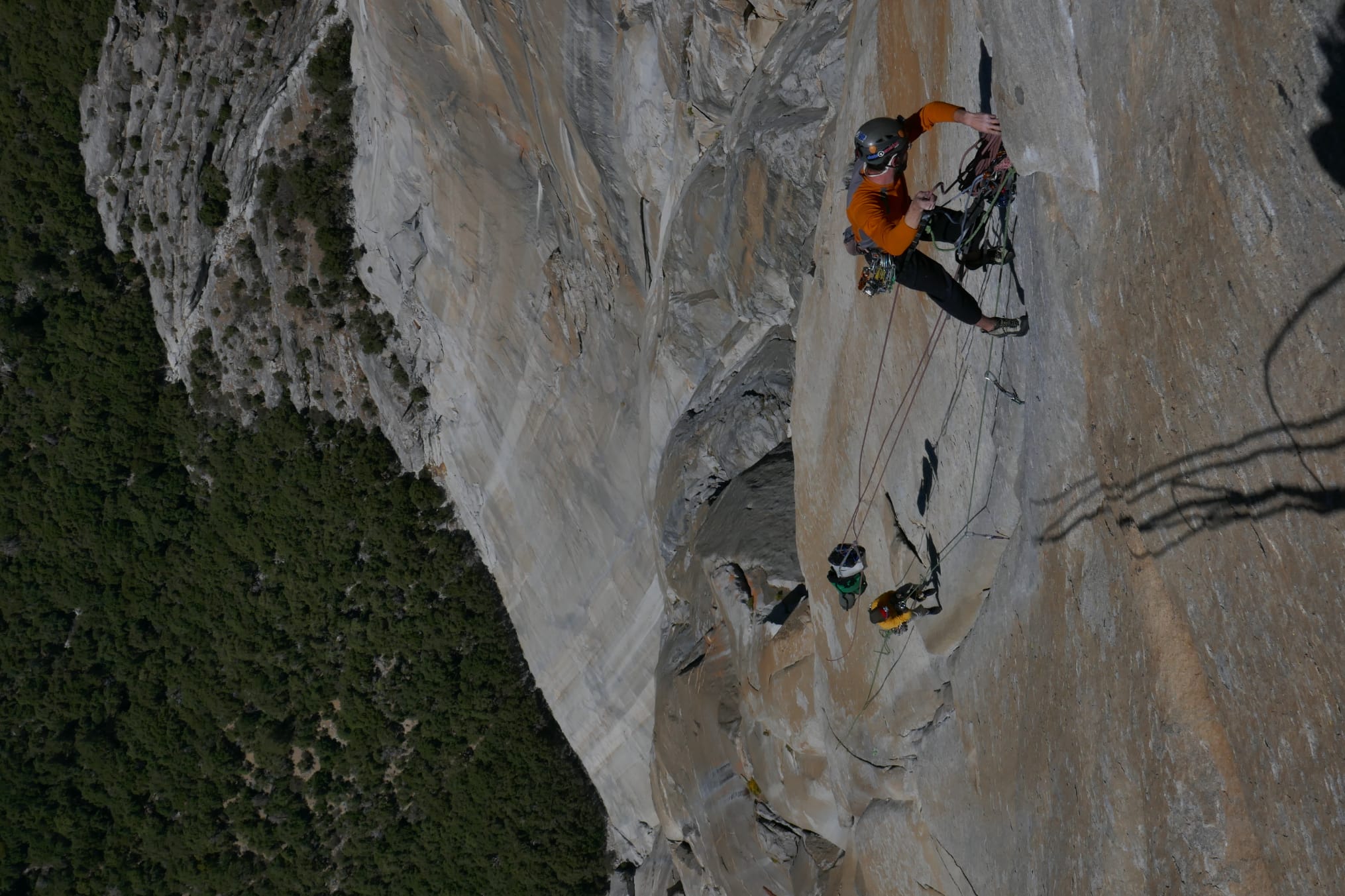
Hauling 2500' up on El Cap (Yosemite)
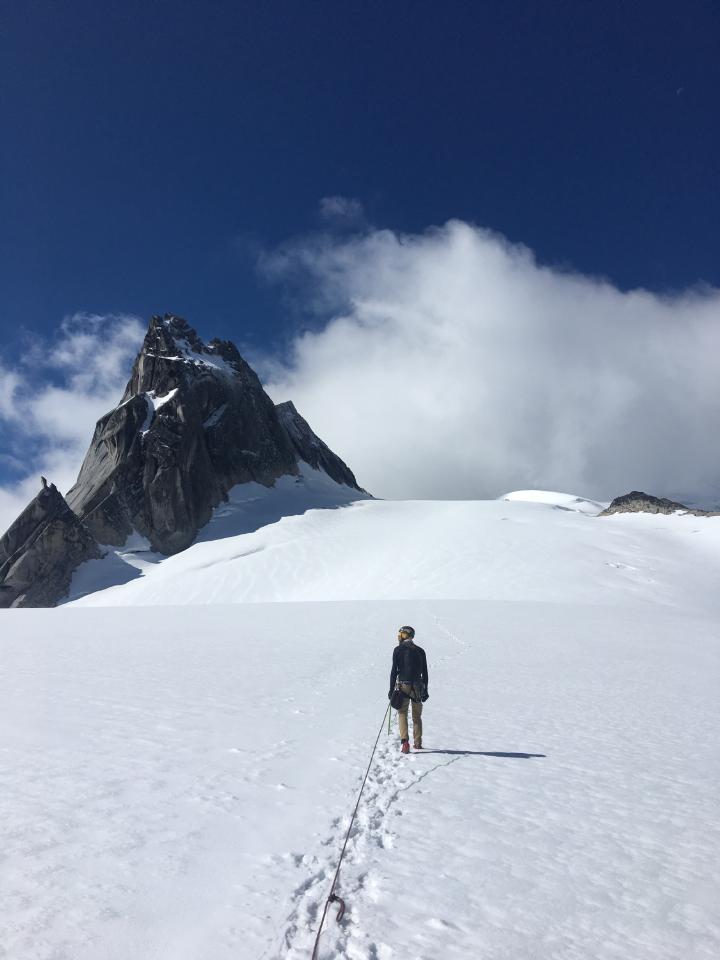
Crossing a glacier in the Bugaboos (Canada)
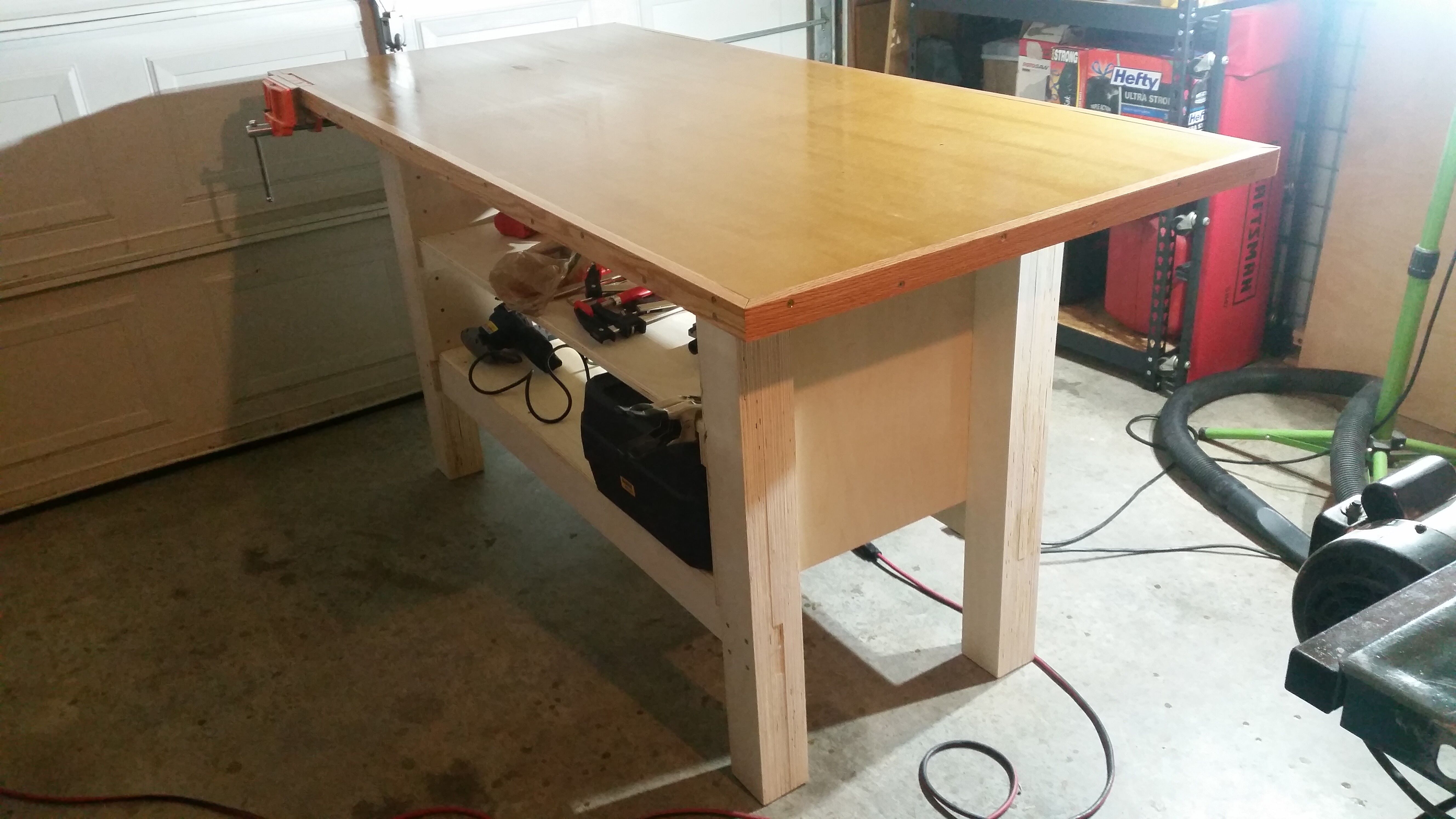
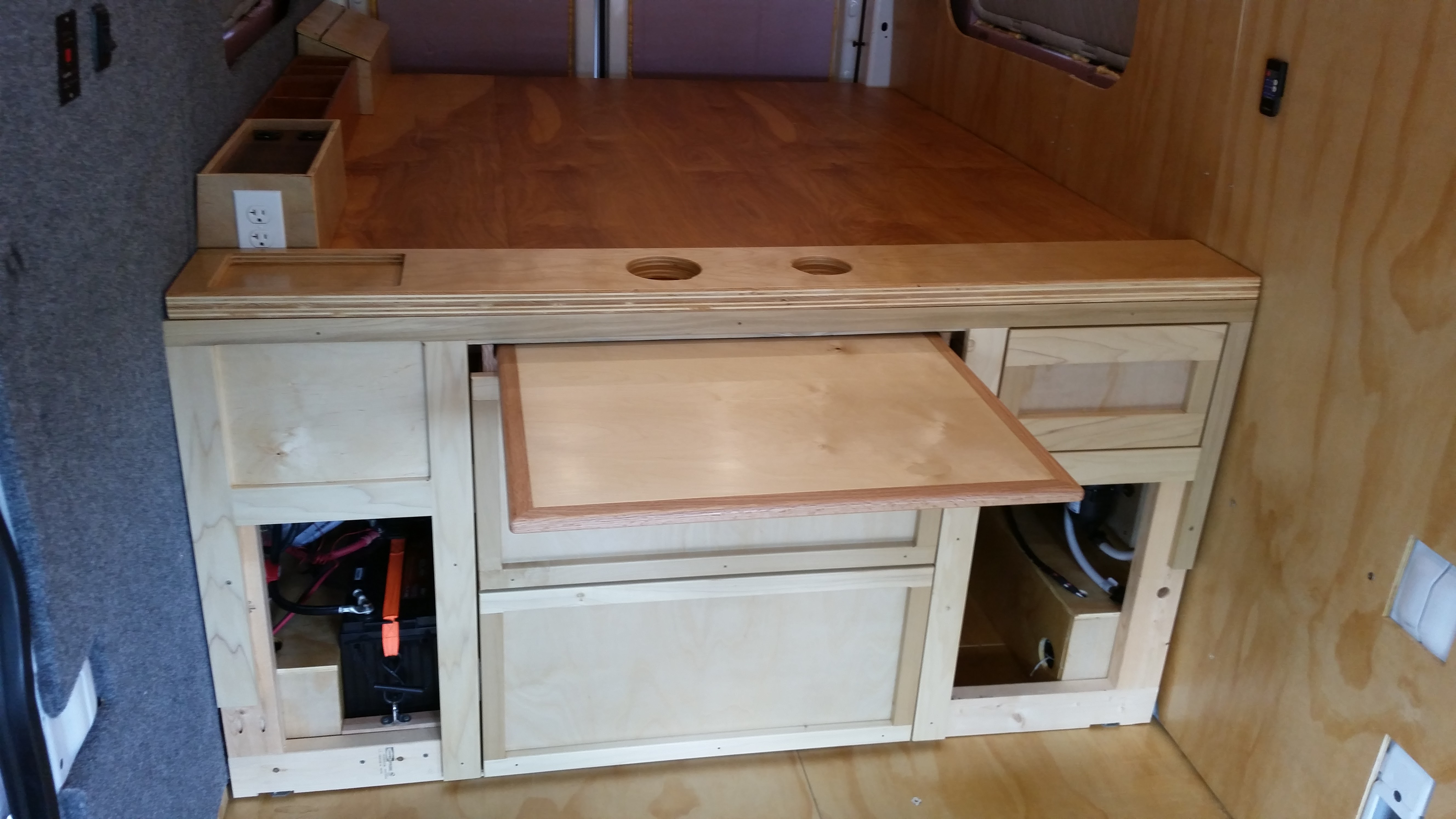
Woodworking
In the past couple years I've gotten into woodworking. I am still a novice, and would like to learn to work with more raw materials. A variety of projects are shown here. Though not purely woodworking, my largest project to date has been building a camper van. I really enjoyed the whole process from start to finish. It tested my patience, my problem solving abilities, and I learned a ton about design, DC electric systems, water systems, propane, solar power, cabinetry, etc.
Other Hobbies
Some other projects/hobbies that occupy (or have occupied) my time over the years include:
- I am an avid cyclist and runner.
- I 3D printed a Super Nintendo that runs on a Raspberry with Emulation Station. It can emulate NES, SNES, SEGA, Playstation, and many more. Picture 1 ; Picture 2
- I rebuilt the engine in Randy (1991 Toyota Pickup)
- I remodeled the kitchen in my house in SLC. Before; After
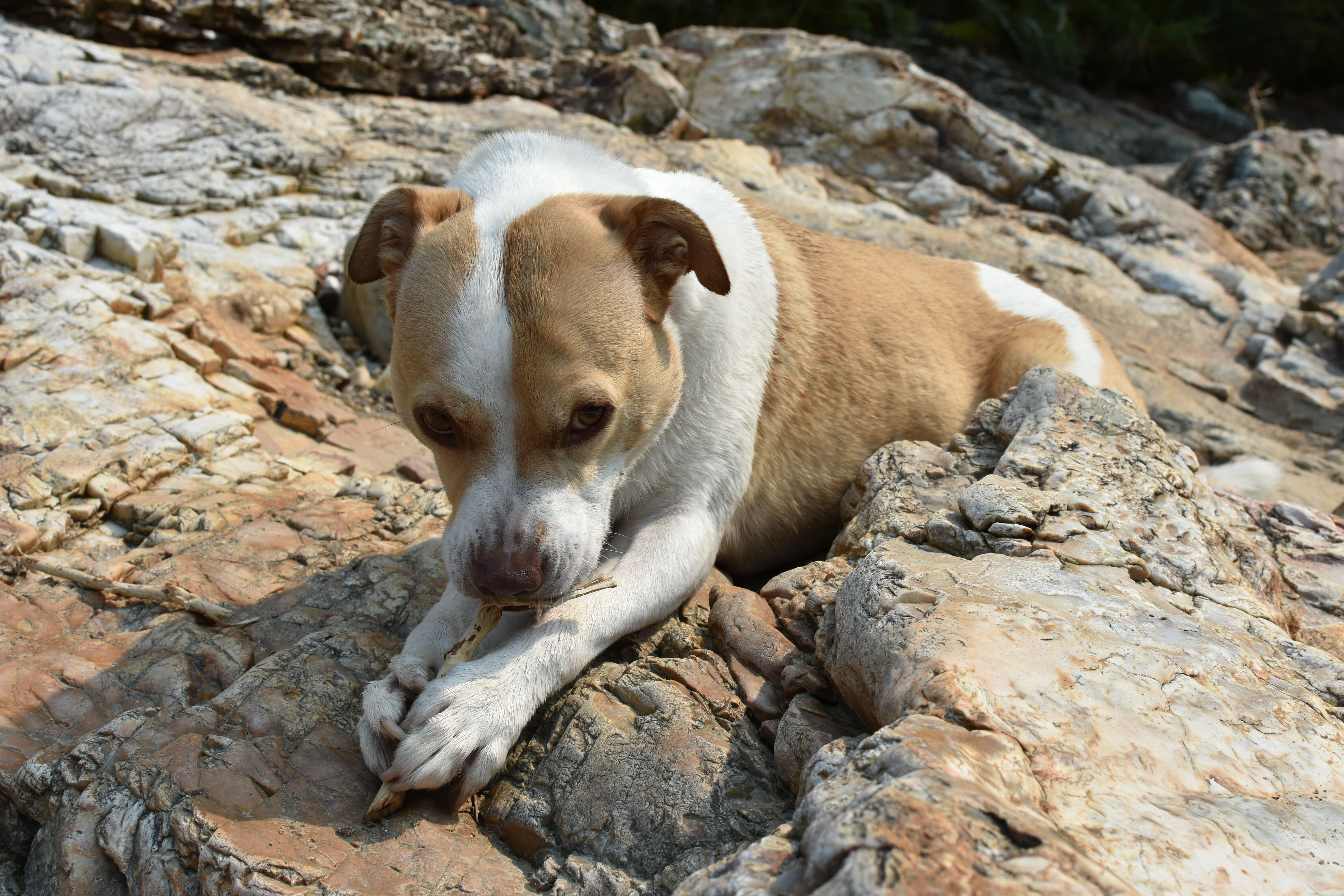
My wonderful dog Cheesecake
